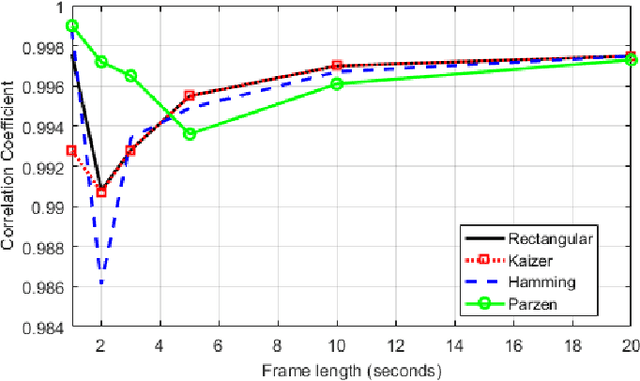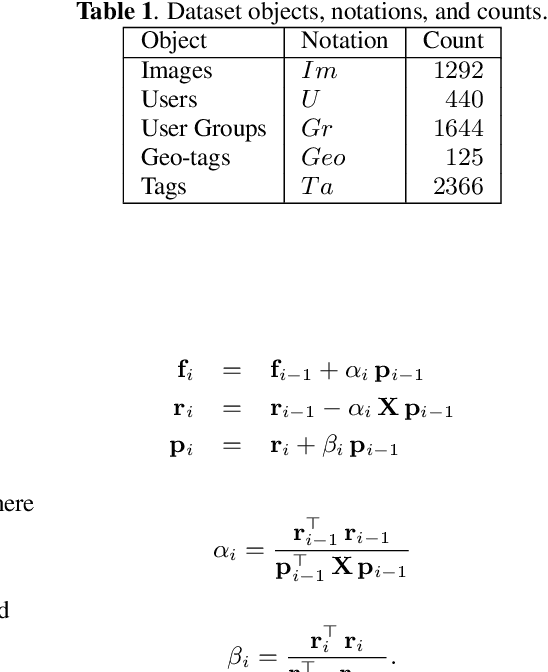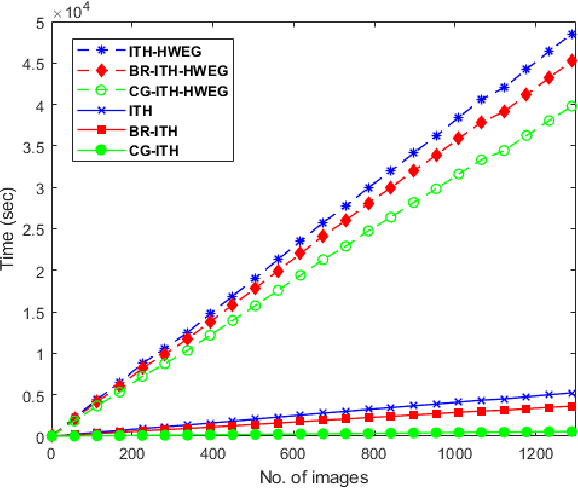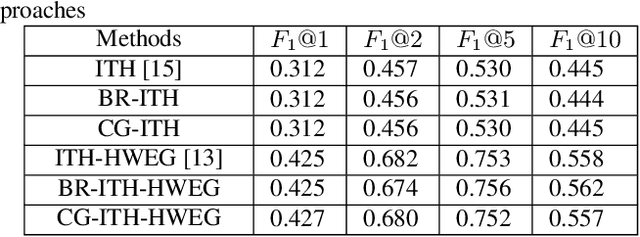Georgios Karantaidis
Electric Network Frequency Optical Sensing Devices
Nov 23, 2023Abstract:Electric Network Frequency (ENF) acts as a fingerprint in multimedia forensics applications. In indoor environments, ENF variations affect the intensity of light sources connected to power mains. Accordingly, the light intensity variations captured by sensing devices can be exploited to estimate the ENF. A first optical sensing device based on a photodiode is developed for capturing ENF variations in indoor lighting environments. In addition, a device that captures the ENF directly from power mains is implemented. This device serves as a ground truth ENF collector. Video recordings captured by a camera are also employed to estimate the ENF. The camera serves as a second optical sensor. The factors affecting the ENF estimation are thoroughly studied. The maximum correlation coefficient between the ENF estimated by the two optical sensors and that estimated directly from power mains is used to measure the estimation accuracy. The paper's major contribution is in the disclosure of extensive experimental evidence on ENF estimation in scenes ranging from static ones capturing a white wall to non-static ones, including human activity.
Efficient Capon-Based Approach Exploiting Temporal Windowing For Electric Network Frequency Estimation
Aug 22, 2019



Abstract:Electric Network Frequency (ENF) fluctuations constitute a powerful tool in multimedia forensics. An efficient approach for ENF estimation is introduced with temporal windowing based on the filter-bank Capon spectral estimator. A type of Gohberg-Semencul factorization of the model covariance matrix is used due to the Toeplitz structure of the covariance matrix. Moreover, this approach uses, for the first time in the field of ENF, a temporal window, not necessarily the rectangular one, at the stage preceding spectral estimation. Krylov matrices are employed for fast implementation of matrix inversions. The proposed approach outperforms the state-of-the-art methods in ENF estimation, when a short time window of $1$ second is employed in power recordings. In speech recordings, the proposed approach yields highly accurate results with respect to both time complexity and accuracy. Moreover, the impact of different temporal windows is studied. The results show that even the most trivial methods for ENF estimation, such as the Short-Time Fourier Transform, can provide better results than the most recent state-of-the-art methods, when a temporal window is employed. The correlation coefficient is used to measure the ENF estimation accuracy.
Block Randomized Optimization for Adaptive Hypergraph Learning
Aug 22, 2019



Abstract:The high-order relations between the content in social media sharing platforms are frequently modeled by a hypergraph. Either hypergraph Laplacian matrix or the adjacency matrix is a big matrix. Randomized algorithms are used for low-rank factorizations in order to approximately decompose and eventually invert such big matrices fast. Here, block randomized Singular Value Decomposition (SVD) via subspace iteration is integrated within adaptive hypergraph weight estimation for image tagging, as a first approach. Specifically, creating low-rank submatrices along the main diagonal by tessellation permits fast matrix inversions via randomized SVD. Moreover, a second approach is proposed for solving the linear system in the optimization problem of hypergraph learning by employing the conjugate gradient method. Both proposed approaches achieve high accuracy in image tagging measured by F1 score and succeed to reduce the computational requirements of adaptive hypergraph weight estimation.
 Add to Chrome
Add to Chrome Add to Firefox
Add to Firefox Add to Edge
Add to Edge